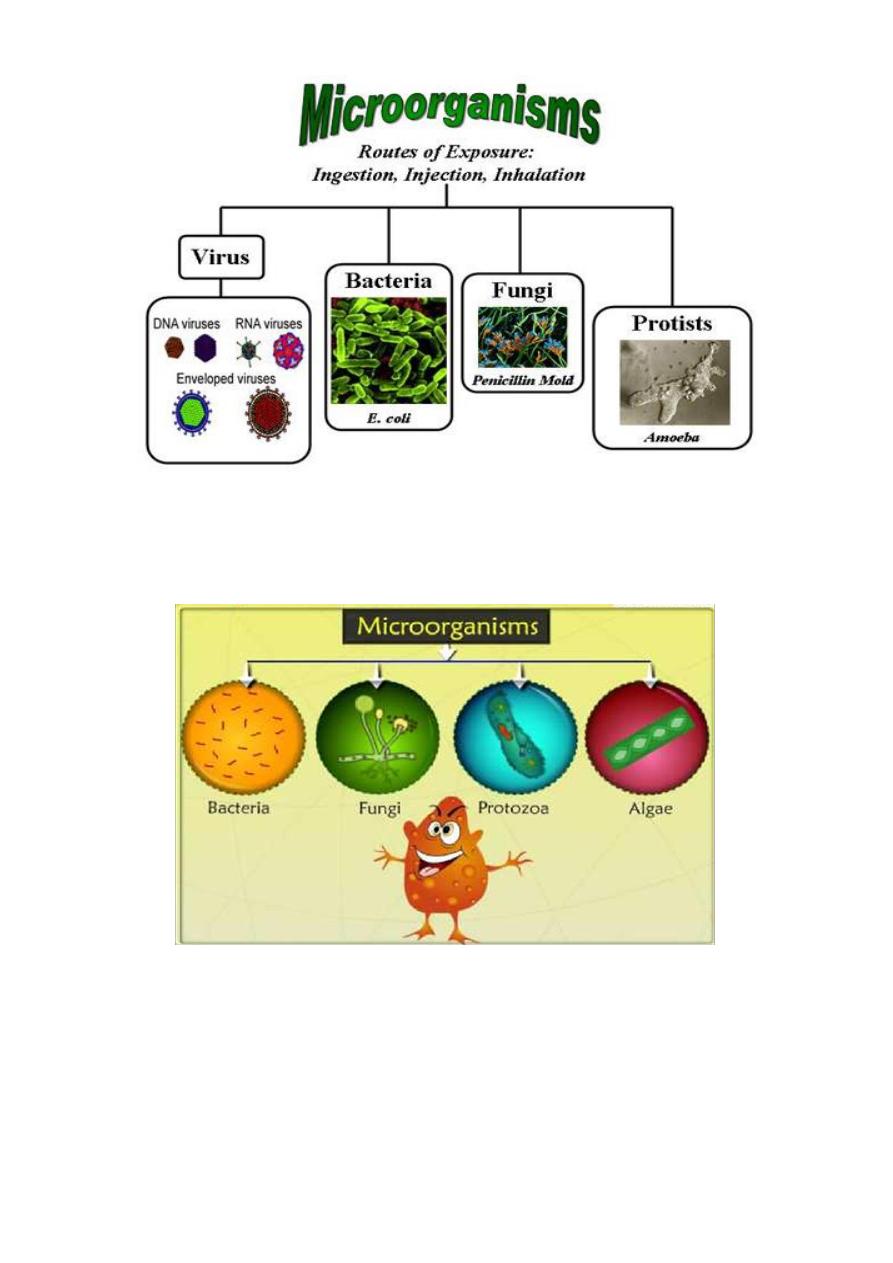
1
Course: Microbial physiology
Lecturer: Dr. Weam Saad
Lecture: Introduction
Introduction
Microorganism or Microbe: is
a very small living thing, which you can only see
if you use a microscope like bacteria.
Physiology: a science that deal with the functions of living organisms and their
parts, like respiratory system and the function of respiratory tract.
Microbial Physiology: is the study of microbial life, structures, growth and
metabolism including viruses, bacteria, fungal and parasites.
Classification of Microorganisms:
1. Viruses and prions.
2. Bacteria and Archaebacteria.
3. Fungi, molds and yeasts.
4. Protozoa.
Why microorganisms are different in their physiology?
1. Some of them are cells like bacteria and protozoa (their bodies are cells)
others are not cells like viruses and prions.
2. Some of them are unicellular like bacteria, protozoa and molds. While others
are multicellular like fungi.
3. Some of them are prokaryotes like bacteria and others are eukaryotes like
protozoa.
4. Some are able to live free in the environment and others are parasites of other
organisms.
5. Some of them are big microbes like fungi and other are very small microbes
like viruses that cannot be seen only by using electron microscope.

2

3
